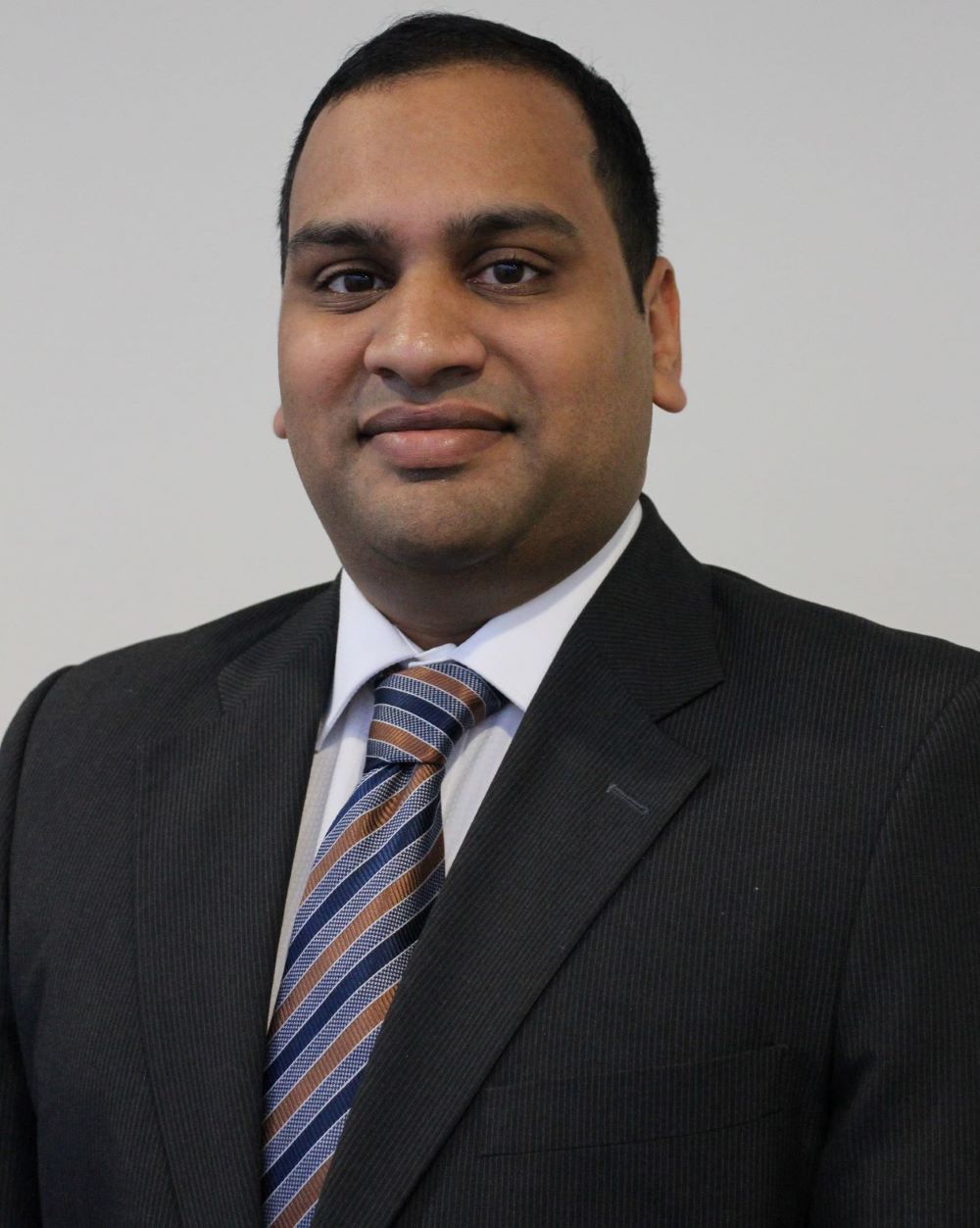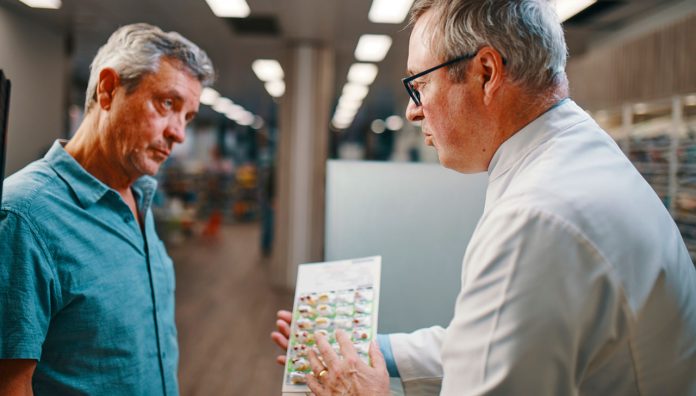Pharmacists can promote patient safety at an individual level and also organisational and policy development levels, as case studies in an International Pharmaceutical Federation (FIP) document released last month show.
According to the World Health Organization (WHO), 1 in 4 patients is harmed by care received in primary and ambulatory care settings – including harm from medicines. It estimates the global cost associated with medicine errors at US$42 billion each year.
And patients in low income countries lose twice as many disability-adjusted life-years due to medication-related harm compared with those in high-income countries, WHO says.
With this in mind, FIP compiled a new reference document, Patient safety — Pharmacists’ role in ‘Medication without harm’, to highlight how pharmacists can create a ‘safety culture’ and ensure patient and medicine safety, regardless of the setting.
The document includes best practice approaches from Australia, Canada, Finland, India, the Netherlands, Oman, Saudi Arabia, South Africa and the USA, which are intended to guide implementation of strategies in other countries and contexts.
Co-editor of the document, Parisa Aslani FPS, Professor in Medicines Use Optimisation at the University of Sydney, said the document was also developed to be a helpful resource.

‘The reference document was developed to inform policy and practice development of patient and medicine safety initiatives that may be led by pharmacists or pharmacy organisations,’ she told Australian Pharmacist.
‘At the same time, it was intended to be practical, so that it could serve as a tool for pharmacists to ignite further discussions and to support implementation of services … that have been shown to prevent adverse events and reduce the risk of unnecessary harm associated with healthcare provision.’
Dr Ramesh Walpola MPS, Lecturer in Health Management at the School of Public Health and Community Medicine at the University of New South Wales, who also worked on the paper, told AP he encouraged pharmacists to use it as a ‘smorgasbord’.
‘We would like pharmacists to use … the lessons learnt by other pharmacists from around the world for improving their own practices and driving changes to policy,’ he said.
‘Improving medicine safety requires everyone to take part, from the macro level of policymakers and professional organisations, [down to] the actions of individuals and teams.’
Promoting medicine safety, together
The document highlights a need to shift towards a collaborative approach that promotes effective risk management and continuous quality assurance. It also points out that ‘a culture of blame’ neither prevents nor mitigates harm, nor does it enable a positive working environment.
‘The common challenges facing pharmacists include increasingly complex medicines, polypharmacy and ensuring optimal transitions of care for our patients in spite of fragmented healthcare systems or models of service delivery,’ Professor Aslani said.
’There is also the often-reported issue of being under-resourced and time-poor. We can learn a lot from each other, and this reference paper is a personal and professional challenge to all pharmacists to keep patient safety at the forefront of practice and to take new steps towards safer care.’

There are a number of ways pharmacists can promote medicine safety, Dr Walpola said.
This includes creating a ‘positive safety culture’ within the pharmacy, where staff members can raise concerns freely.
‘Creating and maintaining an incident register for medicine safety events is a requirement of accreditation bodies, but it is important to think about how often you actually review it in practice,’ he said.
‘You may like to do this as part of routine staff meetings and discuss with your team how you can collectively prevent the issue arising through a mutual understanding of the factors that contributed to the event.’
Dr Walpola said it was also important to be aware of how things could go wrong, and take simple measures to prevent incidents from occurring. For example, separating two products with similar packaging, or having another person check dosing calculations.
Read the full report here.



 John Jones MPS, pharmacist immuniser and owner of My Community Pharmacy Shortland in Newcastle, NSW[/caption]
John Jones MPS, pharmacist immuniser and owner of My Community Pharmacy Shortland in Newcastle, NSW[/caption]


 Debbie Rigby FPS explaining how to correctly use different inhaler devices[/caption]
Debbie Rigby FPS explaining how to correctly use different inhaler devices[/caption]




 Professor Sepehr Shakib[/caption]
Professor Sepehr Shakib[/caption]

 Lee McLennan MPS[/caption]
Lee McLennan MPS[/caption]
 Dr Natalie Soulsby FPS, Adv Prac Pharm[/caption]
Dr Natalie Soulsby FPS, Adv Prac Pharm[/caption]
 Joanne Gross MPS[/caption]
Joanne Gross MPS[/caption]





